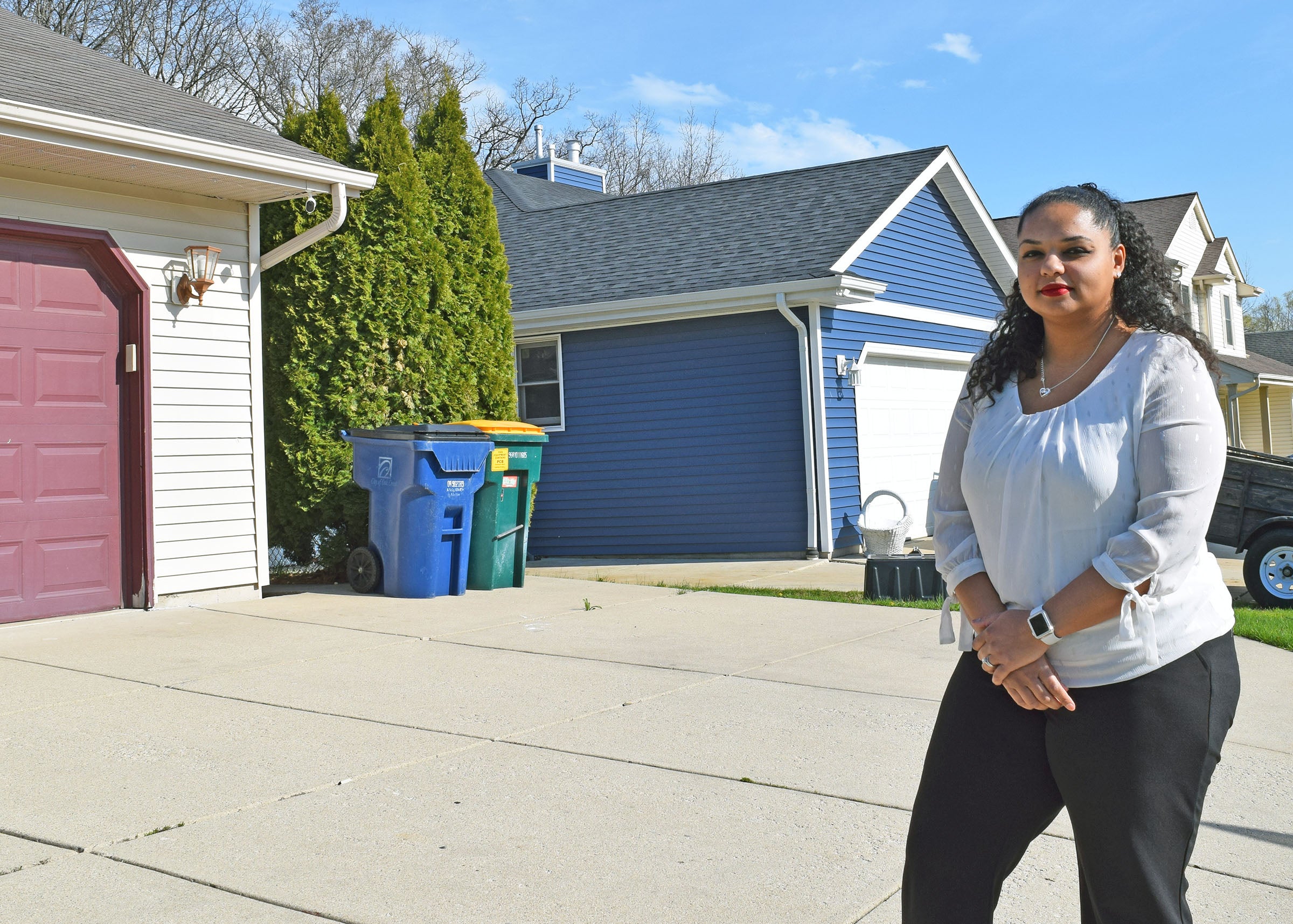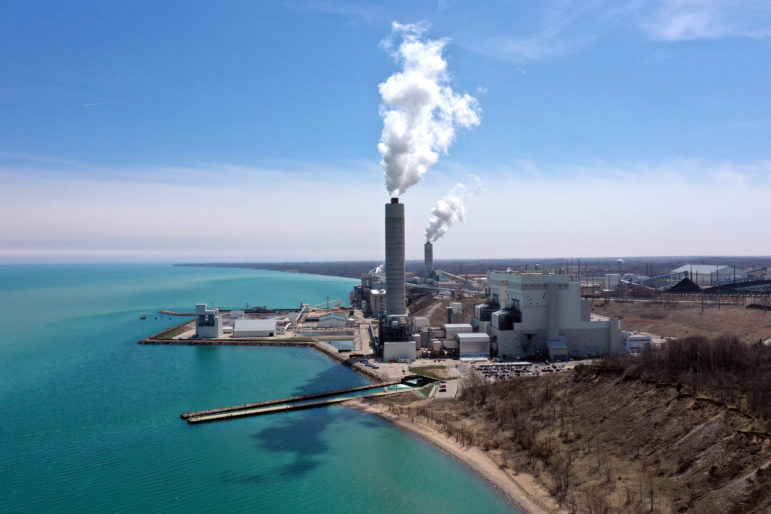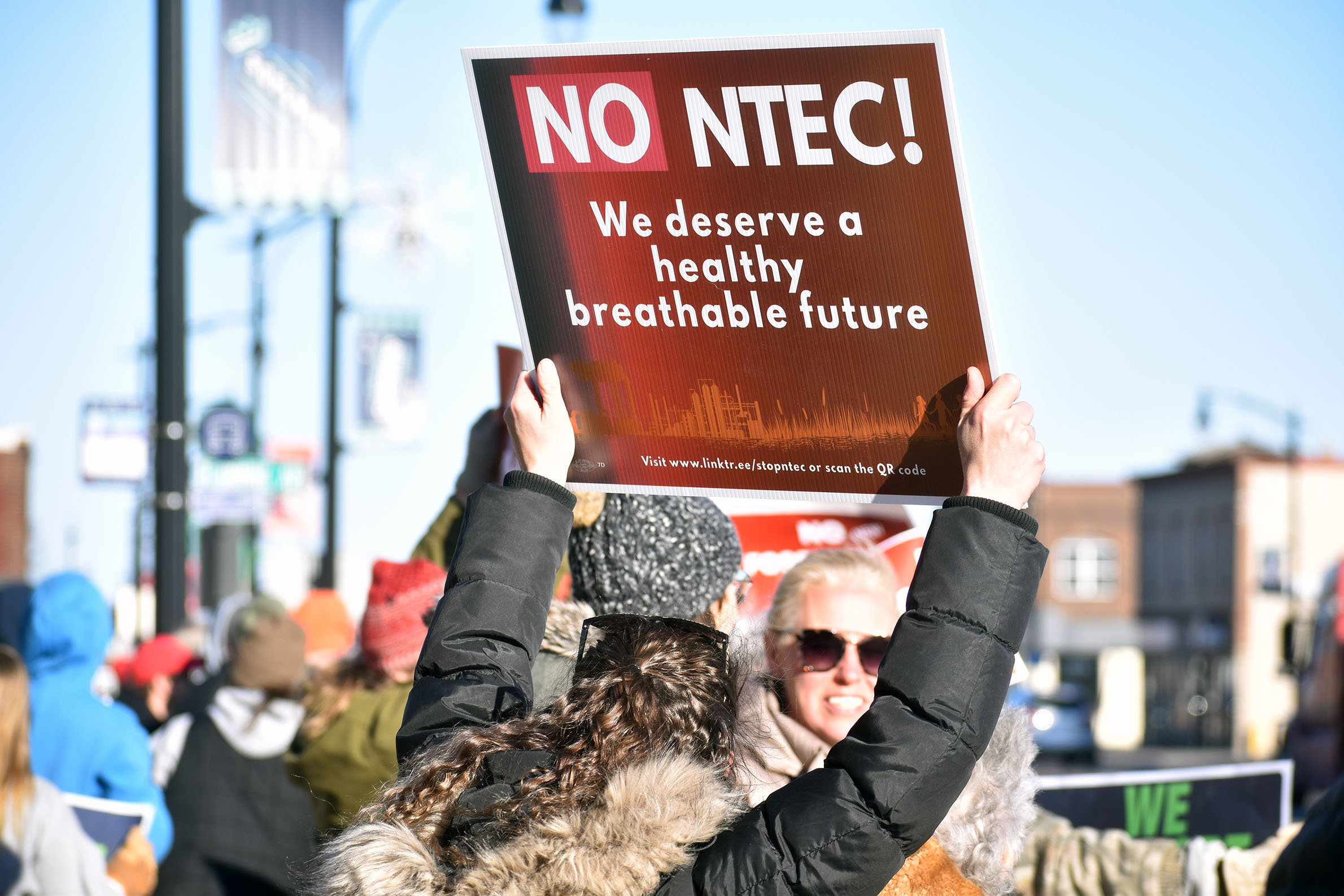Concerns are flaring up over whether gas stoves are safe for millions of Americans who use them after a federal agency official said it hadn’t ruled out a nationwide ban last week.
Wisconsin health and environmental groups say recent research raises concerns about their ties to asthma in children while proponents of gas stoves argue the findings aren’t supported by sound science.
Richard Trumka Jr. with the U.S. Consumer Product Safety Commission ignited an uproar after he told Bloomberg gas stoves are a hidden hazard and “any option is on the table,” including a ban.
News with a little more humanity
WPR’s “Wisconsin Today” newsletter keeps you connected to the state you love without feeling overwhelmed. No paywall. No agenda. No corporate filter.
However, the White House has since said President Joe Biden doesn’t support a ban, and the commission isn’t pursuing one at this time. The American Gas Association said recent findings ignored a previous study that found no evidence of a link between asthma and gas used for cooking.
Is there reason to be concerned? Below is a breakdown of what people need to know.
What are the health risks linked to gas stoves?
Gas stoves are used in more than 47 million homes nationwide. In Wisconsin, federal data shows around 34 percent of nearly 2.4 million homes use natural gas for cooking. The stoves release pollutants like nitrogen oxides, carbon monoxide and fine particle pollution. Research has found they also release methane — a greenhouse gas that’s 80 times more potent than carbon dioxide.
A study published last month in the International Journal of Environmental Research and Public Health found nearly 13 percent of childhood asthma is linked to the use of gas stoves. Researchers say that’s similar to asthma that’s been tied to secondhand smoke. Ann Behrmann, a former Madison pediatrician, said kids are at higher risk of respiratory issues from gas stoves because they breathe faster, and they’re more active than adults.

“Their immune systems and their respiratory systems are still developing, so it puts them at more risk to have damage,” Behrmann said, who is also a steering committee member with the Wisconsin Environmental Health Network and Physicians for Social Responsibility in Wisconsin.
Behrmann said adults with diabetes, cardiovascular and respiratory disease are also at higher risk. She noted the U.S. Environmental Protection Agency monitors nitrogen dioxide outdoors, but there’s no indoor standards. Research has found nitrogen dioxide levels can exceed the EPA’s outdoor guidelines without adequate ventilation. The stoves also give off volatile organic compounds, carbon monoxide and even formaldehyde.
What is the government proposing?
The nation’s top consumer watchdog agency is examining ways to reduce risks to indoor air quality from gas stoves. The Consumer Product Safety Commission is collecting input on the hazards related to gas stoves.
“CPSC is researching gas emissions in stoves and exploring new ways to address health risks. CPSC also is actively engaged in strengthening voluntary safety standards for gas stoves,” Chair Alexander Hoehn-Saric said in a statement. “And later this spring, we will be asking the public to provide us with information about gas stove emissions and potential solutions for reducing any associated risks.”
After Trumka’s comments last week, the agency’s chair clarified there are no plans to ban gas stoves.
What can people do to limit their exposure?
People concerned about pollution from their gas stoves can take several steps to reduce their exposure, according to Physicians for Social Responsibility. They include:
- Use an exhaust hood.
- Switch to an electric stove.
- Use a fan or open a window to increase ventilation.
- Cook on the back burners.
- Install a carbon monoxide detector.
- Use an induction burner.
- Use other electric appliances like a microwave or toaster oven.
Chelsea Chandler, climate, energy and air program director for Clean Wisconsin, said indoor air quality is a serious problem. She noted gas stoves often have a lifespan of up to 15 years.
“We’ve learned a lot about ventilation through the pandemic, for example, but it’s ultimately better to just not introduce that pollution inside and in the first place,” Chandler said.
What incentives are available for replacing stoves?
The Inflation Reduction Act included $4.5 billion in funding for states to help people transition to electric appliances, including stoves. People can receive up to $840 for an electric stove. The law also provides up to $500 for installing an electric appliance. Individuals can also qualify for up to a $4,000 tax credit to upgrade a fuse box or electrical load service center if needed to install an electric stove.
Why did tempers flare over the ban?
Republican lawmakers and national gas associations have pushed back against the idea of a ban. The household appliance became the latest target of an ongoing culture war representing ideological differences on energy and the environment. The chair of the U.S. House Committee on Energy and Commerce called it the latest power grab by the radical left.
The reported efforts to ban gas stoves is the latest in a long line of power grabs by the radical left and Biden administration.
It is not about public safety. It’s about telling the American people the federal government knows best. https://t.co/7rcCaTMt7q
— CathyMcMorrisRodgers (@cathymcmorris) January 12, 2023
In a statement, the American Gas Association claimed allegations that gas stoves exceed EPA standards is “patently false.”
“Regulators, like the Consumer Products Safety Commission, should rely on real data and science not unsubstantiated claims of advocates,” the association wrote. “Attempts to generate consumer fears with baseless allegations to justify the banning of natural gas is a misguided agenda that will not improve the environment or the health of consumers and would saddle vulnerable populations with significant costs.”
An alert to members of the National Gas Propane Association shared by the group’s Wisconsin arm said it’s now conducting outreach with congressional lawmakers “to ensure we have allies on Capitol Hill.”
Wisconsin Public Radio, © Copyright 2026, Board of Regents of the University of Wisconsin System and Wisconsin Educational Communications Board.






